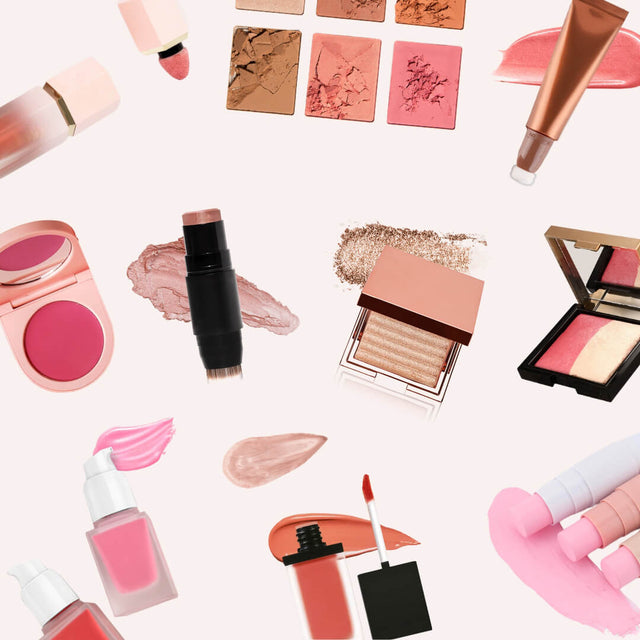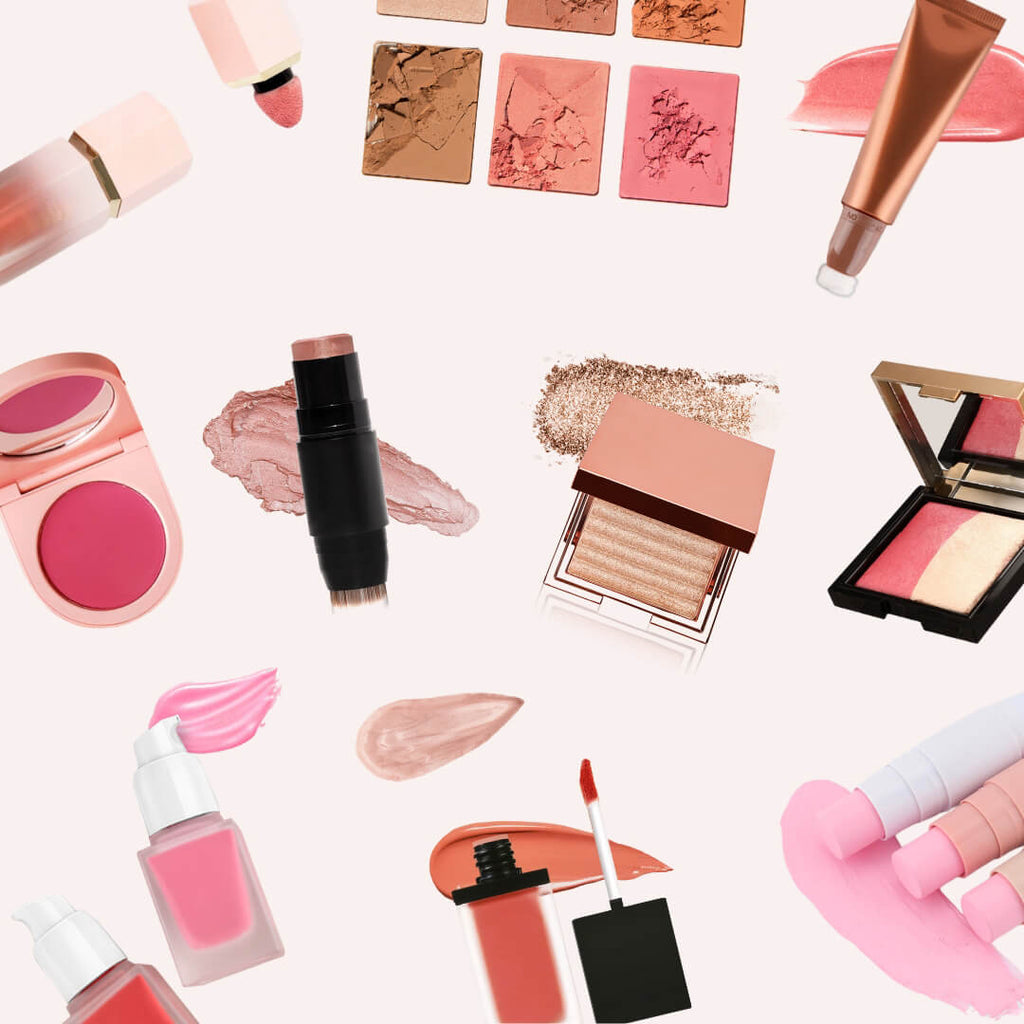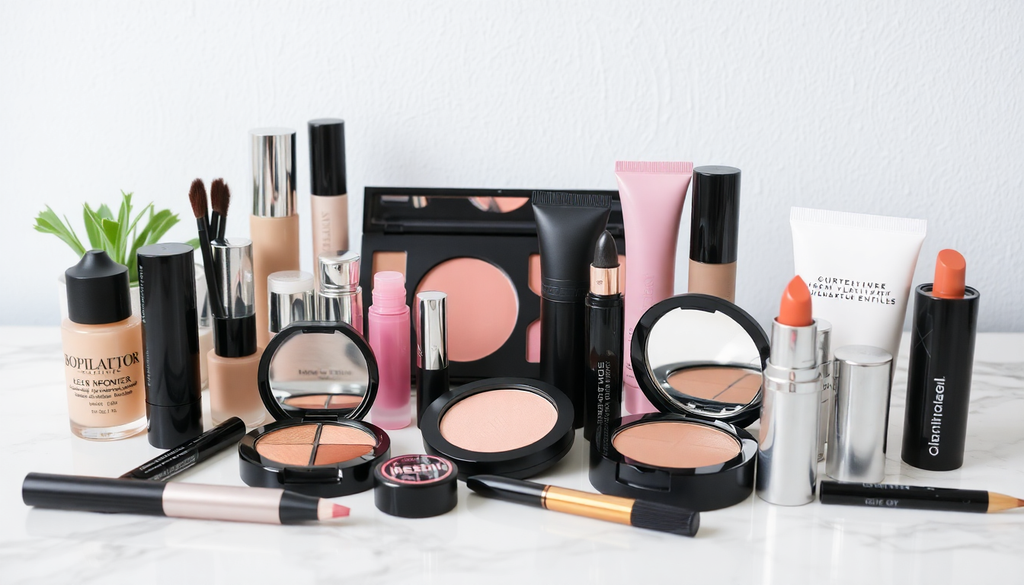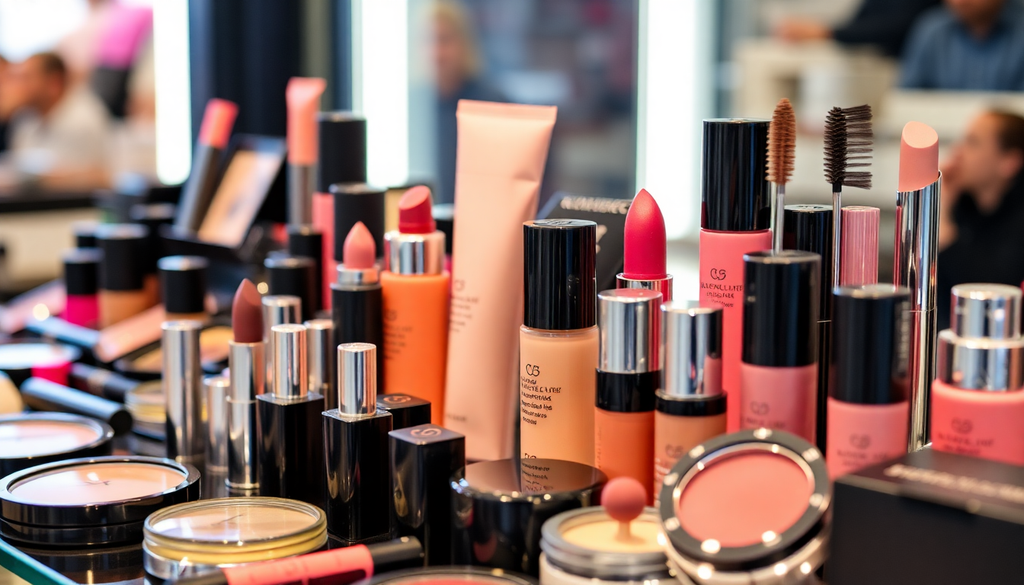
Mastering the Global Makeup Market: Essential Steps to Launch Your Makeup Brand and Navigate Regulations in 2025
Introduction
The global makeup market continues to evolve at a rapid pace, driven by changing consumer preferences, technological advancements, and a growing emphasis on sustainability. As we move into 2025, aspiring entrepreneurs are presented with unprecedented opportunities to launch their own makeup brands. However, navigating the complexities of this market requires a clear understanding of various factors, including regulatory requirements across different countries, the competitive landscape, and the latest trends. In this comprehensive guide, we will outline essential steps to successfully launch your makeup brand while ensuring compliance with regulations and staying ahead of the competition.
Understanding the Global Makeup Market
Before diving into the specifics of launching your makeup brand, it’s crucial to understand the dynamics of the global makeup market. Growth in this sector is driven by several factors:
- Innovative Product Offerings: Consumers are increasingly seeking unique and innovative products that cater to their specific needs.
- Diversity and Inclusivity: The demand for products that cater to a diverse range of skin tones and types is at an all-time high.
- Digital Influence: Social media and influencer marketing play a significant role in shaping consumer preferences and driving sales.
- Sustainability: Consumers are more conscious than ever about the environmental impact of their purchases, leading to a rise in demand for eco-friendly products.
Key Markets to Explore
Understanding the specific characteristics of different markets is vital for launching your makeup brand. Here’s a closer look at some key regions:
- North America: The North American market, particularly the United States, is one of the largest consumers of makeup. This region values innovation, quality, and brand authenticity. Brands that prioritize cruelty-free and vegan products are gaining significant traction.
- Europe: In Europe, the market is characterized by stringent regulations. Brands are expected to comply with the EU Cosmetics Regulation, which emphasizes safety and efficacy. European consumers are increasingly leaning towards sustainable and organic beauty products.
- Asia-Pacific: The Asia-Pacific region, especially South Korea and Japan, is known for its innovative beauty trends, such as K-beauty and J-beauty. This market is focused on multi-functional products, with consumers seeking skincare benefits in their makeup.
- Latin America: The Latin American market is vibrant and growing, with consumers embracing bold colors and diverse beauty standards. Local brands often dominate, but there’s room for international brands that can connect with local culture.
- Middle East: The Middle East features a rich beauty culture with high demand for luxury and high-performance products. Consumers are looking for products that provide long-lasting results and cater to specific skin types.
Steps to Launch Your Makeup Brand
Launching a successful makeup brand involves several interconnected steps. Each step requires careful planning and execution:
- Conduct Thorough Market Research: Start by analyzing your target audience, competitors, and market trends. Identify gaps in the market that your brand can fill. Consider using surveys, focus groups, and competitive analysis tools to gather insights.
- Define Your Unique Value Proposition: What sets your brand apart? Create a unique brand identity that resonates with your target audience. Your value proposition should reflect your brand's mission, vision, and core values.
- Product Development: Collaborate with experienced cosmetic chemists to formulate products that meet safety and efficacy standards. Focus on creating high-quality products that align with your brand identity. Consider offering a range of products, from foundation and lipsticks to eyeshadows and blushes.
- Ensure Regulatory Compliance: Research the regulations for cosmetics in each target market. This includes understanding labeling requirements, ingredient restrictions, and safety assessments. For instance, in the EU, brands must conduct a Cosmetic Product Safety Report (CPSR) for their products.
- Establish Your Supply Chain: Build relationships with reliable suppliers and manufacturers. Ensure that they adhere to quality standards and ethical practices. Consider sourcing ingredients from sustainable suppliers to align with consumer expectations.
- Create an Online Store: In today’s digital age, a strong online presence is essential. Invest in a user-friendly e-commerce platform that showcases your products effectively. Optimize your website for mobile devices and ensure it offers a seamless shopping experience.
- Craft a Marketing Strategy: Develop a robust marketing plan that encompasses social media marketing, influencer partnerships, and SEO strategies. Utilize platforms like Instagram, TikTok, and YouTube to reach your audience. Create engaging content that showcases your products while telling your brand story.
- Launch and Promote: Plan a launch strategy that creates buzz around your brand. Consider hosting online events, giveaways, and collaborations with influencers to maximize reach. Focus on building a community around your brand to foster loyalty.
Navigating Regulations in Different Markets
Understanding the regulations in various markets is crucial for ensuring compliance and avoiding legal issues. Here’s an overview of essential regulations for major markets:
- United States: The FDA regulates cosmetics, requiring that products are safe for use and labeled accurately. Brands must ensure ingredients are listed in descending order of predominance and comply with the Fair Packaging and Labeling Act.
- European Union: The EU has rigorous regulations for cosmetics. Brands must comply with the EU Cosmetics Regulation, which includes conducting safety assessments, maintaining a Product Information File (PIF), and ensuring proper labeling and marketing claims.
- Australia: The ACCC enforces labeling requirements, while the TGA regulates therapeutic goods. Brands must ensure compliance with Australian Consumer Law, which includes accurate advertising and product claims.
- Canada: Health Canada classifies cosmetics under the Food and Drugs Act. Brands must adhere to labeling requirements, which include ingredient disclosure and proper product classification.
- Japan: The PMDA regulates cosmetics in Japan. Brands must submit pre-market notifications for specific products and ensure compliance with local labeling and safety standards.
Embracing Innovative Trends in the Makeup Industry
To thrive in the competitive makeup market, it’s important to embrace current trends that resonate with consumers. Here are some noteworthy innovations in the makeup industry:
- Personalization: Consumers are increasingly drawn to products that allow for personalization. Consider offering customizable shades or formulations that cater to individual preferences.
- Augmented Reality (AR): Implementing AR technology for virtual try-ons can enhance the customer experience. This technology allows consumers to visualize how products will look on them before making a purchase.
- Sustainability: Environmental consciousness is at the forefront of consumer decision-making. Focus on eco-friendly packaging, refillable products, and ethically sourced ingredients to appeal to environmentally conscious consumers.
- Inclusivity: Expanding shade ranges and product offerings to cater to diverse skin tones and types is essential. Brands that prioritize inclusivity are more likely to build a loyal customer base.
- Clean Beauty: The clean beauty movement emphasizes transparency and safety. Consumers are increasingly seeking products free from harmful ingredients, making it essential for brands to disclose their formulations.
Conclusion
Launching a successful makeup brand in 2025 requires strategic planning, a deep understanding of market dynamics, and compliance with regulations. By conducting thorough market research, defining your brand identity, and embracing innovative trends, you can position your brand for success in the competitive beauty landscape. As you embark on this exciting journey, remember that building a loyal customer base takes time and dedication. Stay true to your brand values, prioritize quality, and connect with your audience through authentic storytelling. With the right approach, your makeup brand can thrive in the global market!




